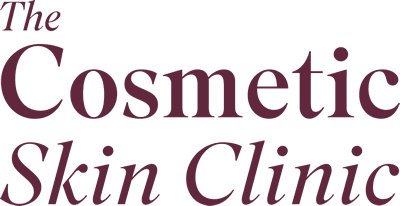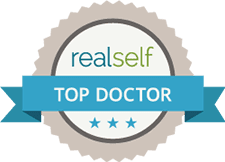Where to get Botox on the face
Botox Areas
Upper face Botox areas
Botox Eyes
Lower Face Botox areas
Book a Botox Consultation at our Clinics in London and Buckinghamshire
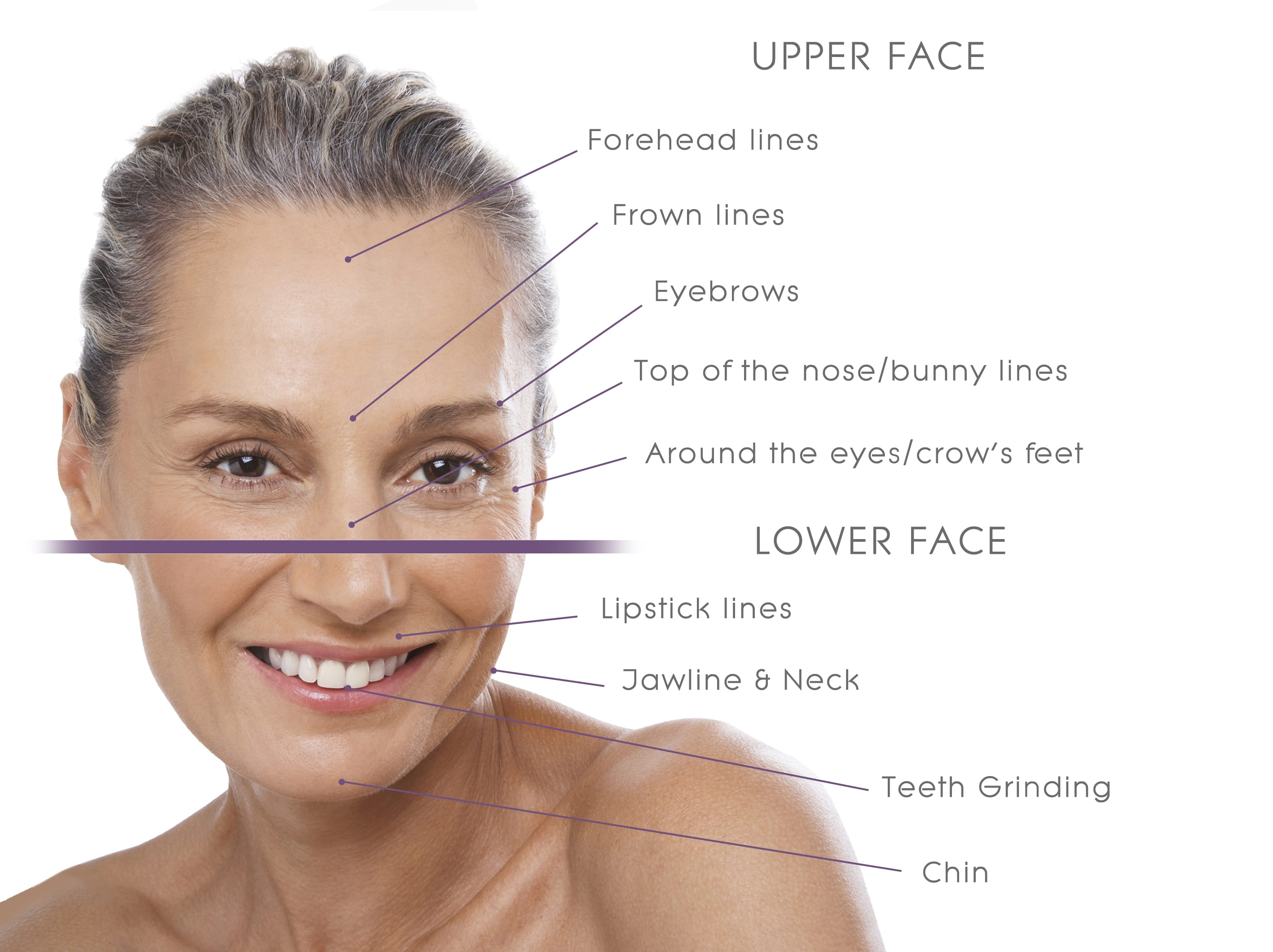
The most popular area of use for BOTOX® is the face. By relaxing different facial muscles – from the forehead to the neck – wrinkles can be minimised, resulting in the smoothing of the overlying skin.
Where to get Botox on the Upper face
Botox between eyebrows for Frown lines
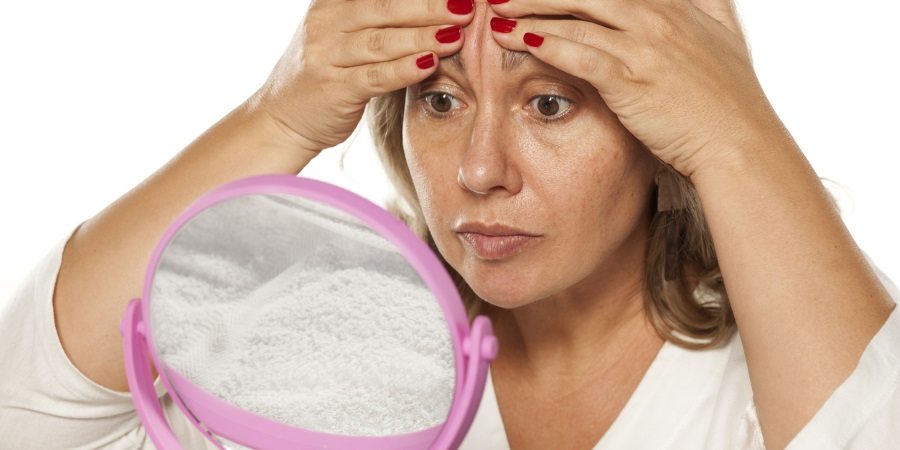
Glabella lines (frown lines) are the vertical creases that appear between the eyebrows, generating a tired or angry look. This is a very effective area on which to use BOTOX®. An experienced practitioner can subtly smooth these frown lines, resulting in a rejuvenated and more relaxed appearance. If the glabella lines are deep set, the practitioner is likely to recommend treatment with dermal filler in combination with Botulinum Toxin, which is a highly effective way to fill and smooth the area simultaneously. If you are still looking for your best anti-wrinkle injections practitioner, take a look at our dedicated blog where we share some great tips on how to tell if your Botox specialist is properly trained.
Forehead Botox for vertical lines and wrinkles
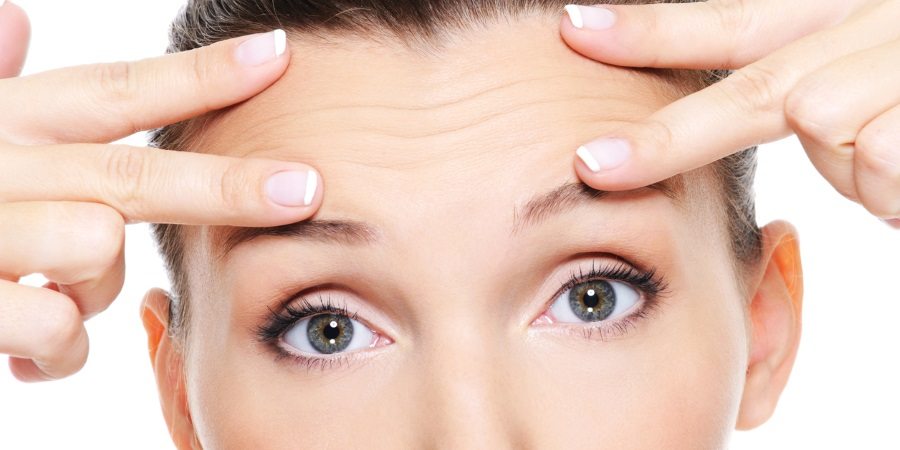
Forehead lines, also known as forehead wrinkles or ‘surprise lines,’ become more apparent as we age. Excessive lines on your forehead can give the face and skin an aged appearance.
If you’re starting to see traces in your late 20s or early 30s it is best to consider exploring preventative treatment options. The more you wait to address your forehead wrinkles the more difficult it will be to achieve the best possible results.
Horizontal forehead lines are mostly due to genetic ageing. Sun damage or smoking can also result in the formation of creases that are deeper and more difficult to treat. Our anti-ageing injectables can lessen the effect of forehead wrinkles but may not remove the lines completely.
During your consultation, your practitioner might recommend a combination of BOTOX® and another treatment, such as dermal fillers, micro-needling, Ultherapy or Thermage. If you would like to learn more about how to get rid of forehead wrinkles with Botox take a look at our dedicated blog where we thoroughly discuss the main causes, best treatment and more. Learn more about the different stages of these common wrinkles in your 20s, 30s, 40s, 50s and beyond from our preventative botox blog..
Book Botox for Forehead Lines in London and Buckinghamshire
Top of the nose (bunny lines Botox)
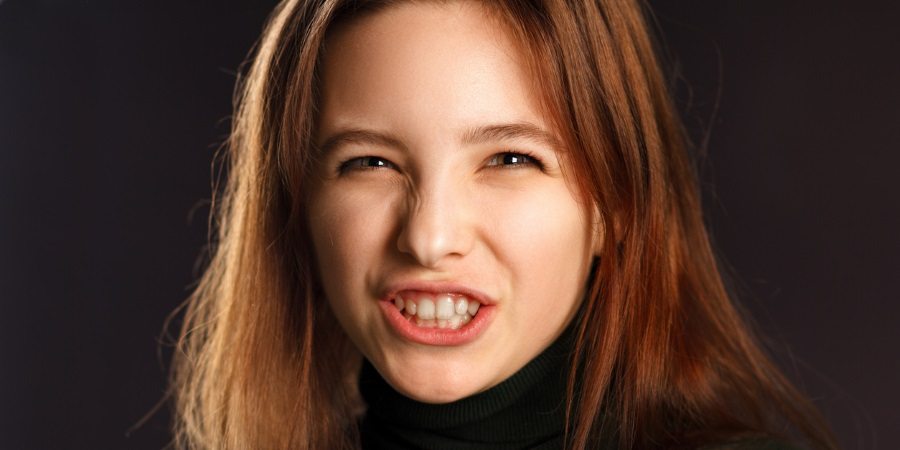
‘Bunny lines’ are the creases that appear when the nose wrinkles up; for example, when we sniff or smell something.
The careful placement of anti-wrinkle injections at either side of the nose can reduce the appearance of these lines. An experienced practitioner should administer the injections as your smile can be affected if they are not carried out properly. Learn more about botox for bunny lines on our dedicated blog.
Hooded eye botox eyebrow lift
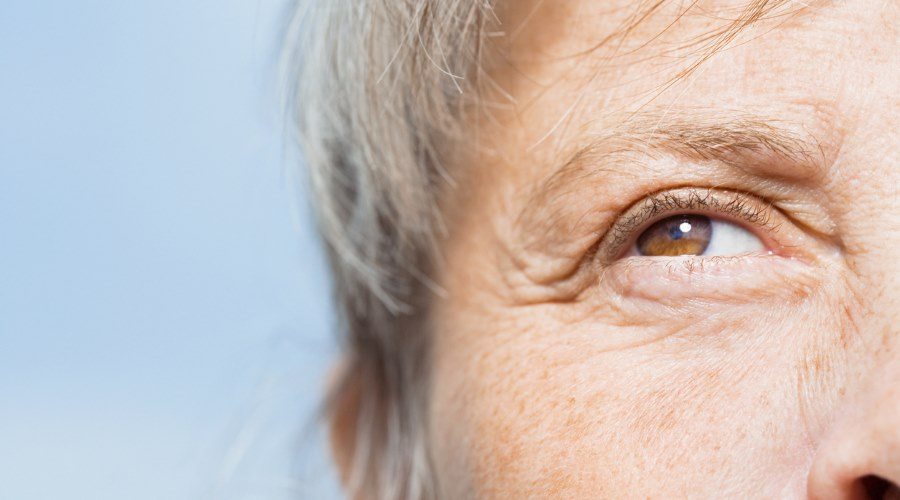
There is an advanced technique that can be used to sculpt and lift the eyebrows to form the shape you desire. Sometimes called a ‘chemical brow lift’ or ‘BOTOX® facelift’, this procedure involves an experienced practitioner placing injections in a careful combination of areas on the upper face to open up the eye area and lift droopy lids.
The brow is well supported and its position above the eye remains high on younger faces. However, the effects of ageing can cause the brow to drop, giving the eyelid a ‘hooded’ appearance. This can create horizontal folds in the surrounding skin.
Botulinum Toxin Injections can be used very effectively to counteract this effect, raising and defining the eyebrows. However, it’s important to use the treatment sparingly in this area to avoid the recognisable overarched, ‘surprised’ look.
In any case, recent trends have favoured the ‘boy brow’, characterised by the natural-looking, low arch seen on celebrities such as Kristen Stewart and Emma Watson.
But since every person’s face is unique, the precise placement of the injectable treatment and intended overall result will be determined with your practitioner during your consultation.
Book Brow Lift Botox in London and Buckinghamshire
Around the eyes (crow’s feet Botox)

The appearance of fine lines, or ‘crow’s feet’ at the outer corners of the eyes, and their presence even when you’re not smiling, is often associated with ageing. However, BOTOX® is very effective in reducing their appearance. It’s therefore one of the most popular areas for the treatment.
With careful assessment, anti-ageing injectables in this area can also help alleviate drooping eyelids – an effect that can make the eyes appear smaller.
Botox under the eyes (tear trough)
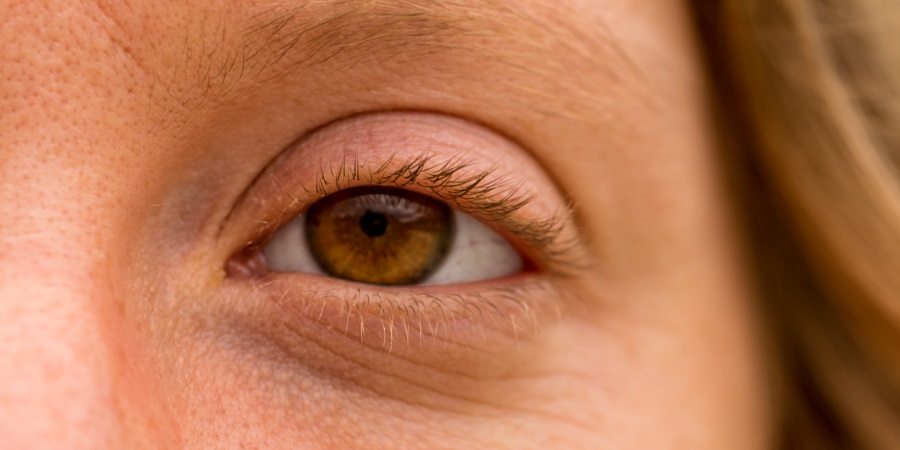
It is possible to smooth fine creases underneath the eyes using BOTOX®. However, the area must be approached with caution. The muscle that is injected is the same muscle that partially controls the lower eyelid. If too much is used, or the injection is placed incorrectly, it may lead to a drop of the lower eyelid.
If it is under-eye ‘bags’ that you wish to address – that is, the area between the lower eyelid and the upper cheek, or ‘tear trough – then it might be that a different treatment would be more effective than Botulinum Toxin, or could be used in combination with it.
For example, ‘bags’ under the eyes are often caused by loss of volume in the tear trough area, meaning dermal fillers may be more suitable. Alternatively, at The Cosmetic Skin Clinic we offer Ultherapy and Thermage® Eyes, which can also treat hollowing in the tear trough area.
Your practitioner will be able to advise on the best course of treatment for your concern during the consultation.
For more information about dermal fillers, contact the clinic or visit our dermal fillers page.
Where to get Botox on the Lower face
Botox for Lipstick lines – Botox around mouth
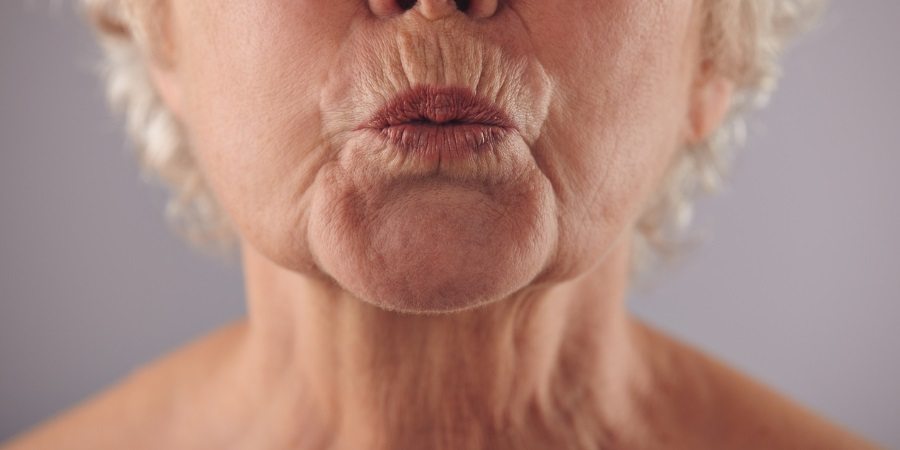
The fine lines around the mouth also known as smokers lines or ‘lipstick lines‘, become more apparent with age are another ageing concern. Most cosmetic practitioners would recommend treating these with dermal fillers rather than BOTOX®.
We use muscles in this area when we smile and for other facial expressions. Some practitioners might use Botulinum Toxin injections to help with downturned mouth corners and improve a person’s smile, this is usually carried out in conjunction with dermal fillers.
For other lines around the mouth, most practitioners would recommend the use of dermal fillers to smooth the wrinkles, creating a refined surface to the skin with minimal, if any, risk.
Botox in chin (to prevent chin dimpling)
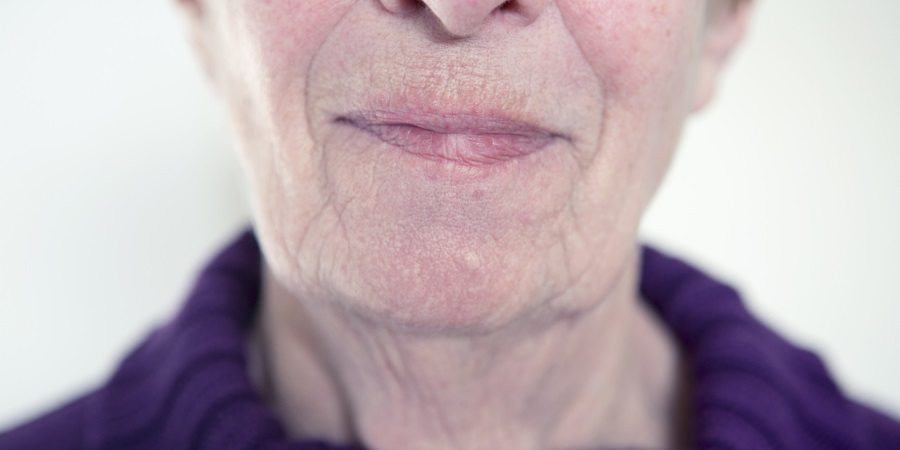
As we get older, the muscles in the chin, known as the mentalis muscles, become overactive – meaning they flex more often than they should, creating a dimpled, puckered appearance.
The following issues worsen the situation:
- tissue loss, making the skin appear thinner
- sun exposure
- bone loss
- gum recession
- receding chin
Botox chin dimpling can be used to relax these muscles, thereby smoothing and reducing the overall dimpled effect.
Botox in the jawline and neck
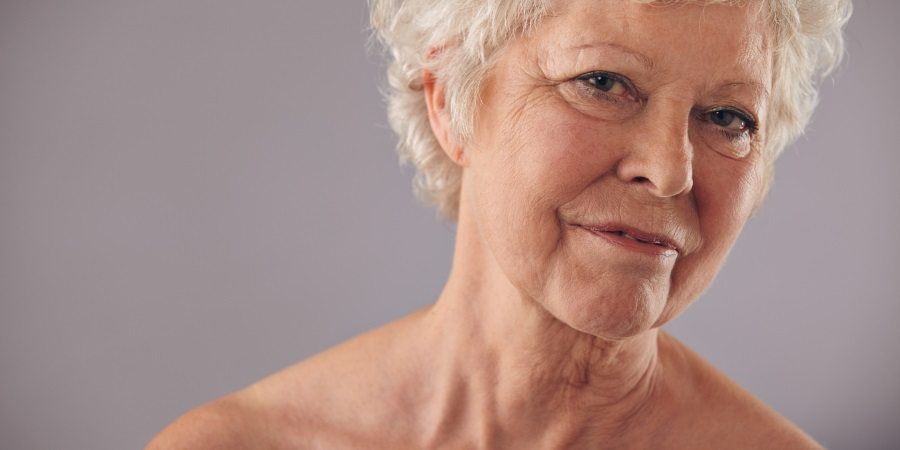
Lines and wrinkles can develop on the neck as we age due to a number of factors, including:
- genetics
- the effects of gravity on the skin
- weakened collagen
- overworked facial muscles
BOTOX® can be used to smooth the neck in a procedure known as the ‘Nefertiti lift’. It is effective at relaxing two types of lines around the neck:
Horizontal – As we get older, horizontal creases or bands naturally form on the neck. We can reduce these lines by injecting small amounts of Botulinum Toxin above and below the wrinkles wherever they appear – this could be all the way around the neck. Some practitioners refer to this as a BOTOX® ‘necklace’. These types of lines can be treated with a combination of injectables and dermal filler, such as Juvéderm.
Vertical – Some people, especially those who exercise a lot, develop rope-like vertical protrusions on their neck that are particularly apparent when they speak. The platysma muscles cause these bands to develop. They strengthen and grow through years of eating, straining and general tension in the jaw. The muscles extend from the top of the chest to the lower jawline and can be more apparent when a person smiles. We sometimes refer to sagging platysma muscles as a ‘turkey neck‘.
However, we can smooth and relax these bands with a BOTOX® treatment.
Jaw angle (Botox for teeth grinding – bruxism)
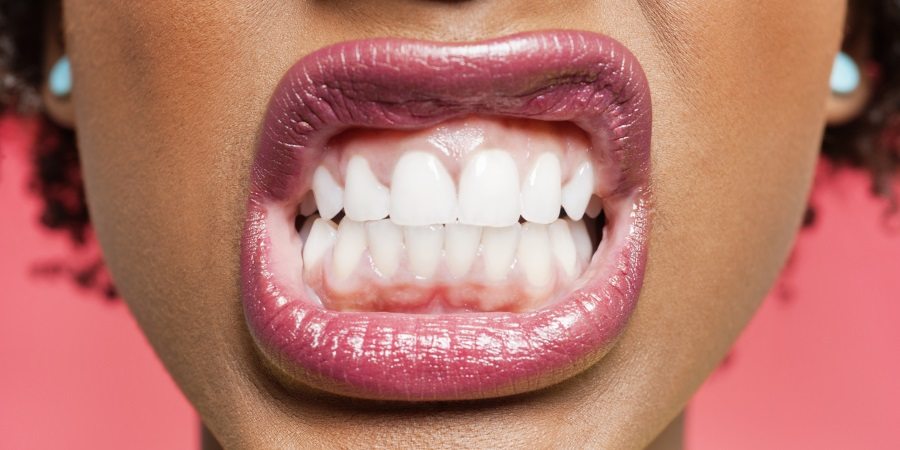
Prolonged episodes of teeth grinding and jaw clenching – known as bruxism – can result in:
- worn teeth
- headaches
- earaches
Bruxism occurs subconsciously, often during sleep. Sleep conditions, such as snoring and obstructive sleep apnoea (in which your natural breathing patterns are disrupted), have been linked to incidences of bruxism, as well as stress.
Bruxism may not be permanent; however, episodes often occur during times of great anxiety. Sufferers are also prone to overly clenching their jaw when concentrating particularly hard while awake.
BOTOX® injected into the jaw area can relax the muscles and effectively treat the condition.
What do I do next?
To find out more about Botulinum Toxin A treatment or to arrange a consultation, contact our clinics in London and Buckinghamshire. Our team of expert practitioners are one of the best rated cosmetic doctors for Botox and Fillers, and our clinic has an excellent reputation for high standards, with a 5-Star Trustpilot rating.
Where to get Botox?
The Cosmetic Skin Clinic in London is within easy reach of Oxford Circus, Bond Street and Baker Street tube stations. It is also very conveniently located and within a quick train ride from Paddington and Kings Cross St Pancras Train Stations.
The Cosmetic Skin Clinic in Buckinghamshire is situated in Stoke Poges and it is nearby Gerrards Cross (Chiltern Railway) and Slough’s (First Great Western) station. It also has transport links via the M25, M4, M40 and A40 roads, making it really easy to reach from Ascot, Windsor, Marlow, Beaconsfield, Wembley, Richmond, Kingston upon Thames and from the Surrey area.
For more information about our clinic’s locations and the most convenient way to reach us by train, personal car, bus or by foot, please take a look at our dedicated pages.
